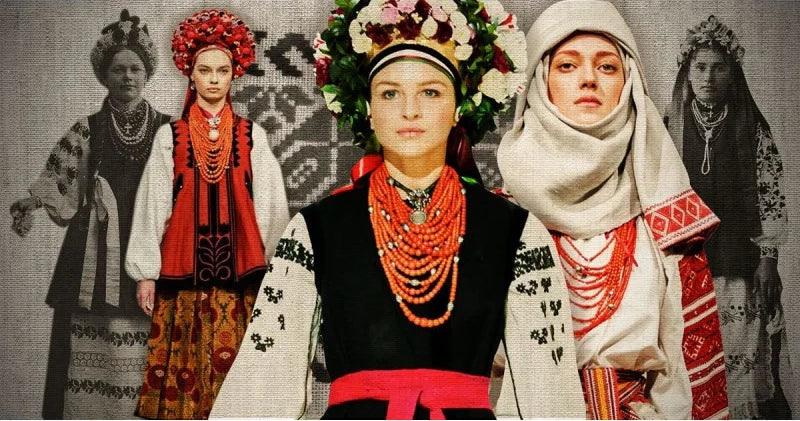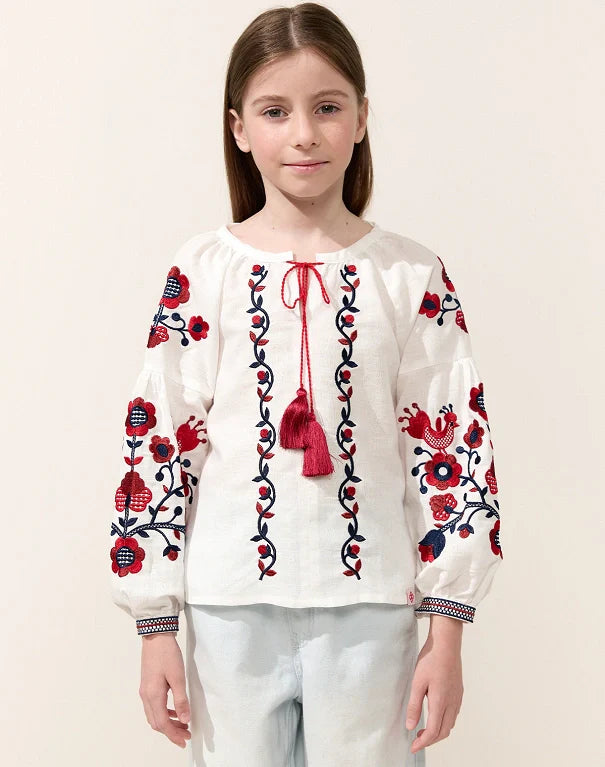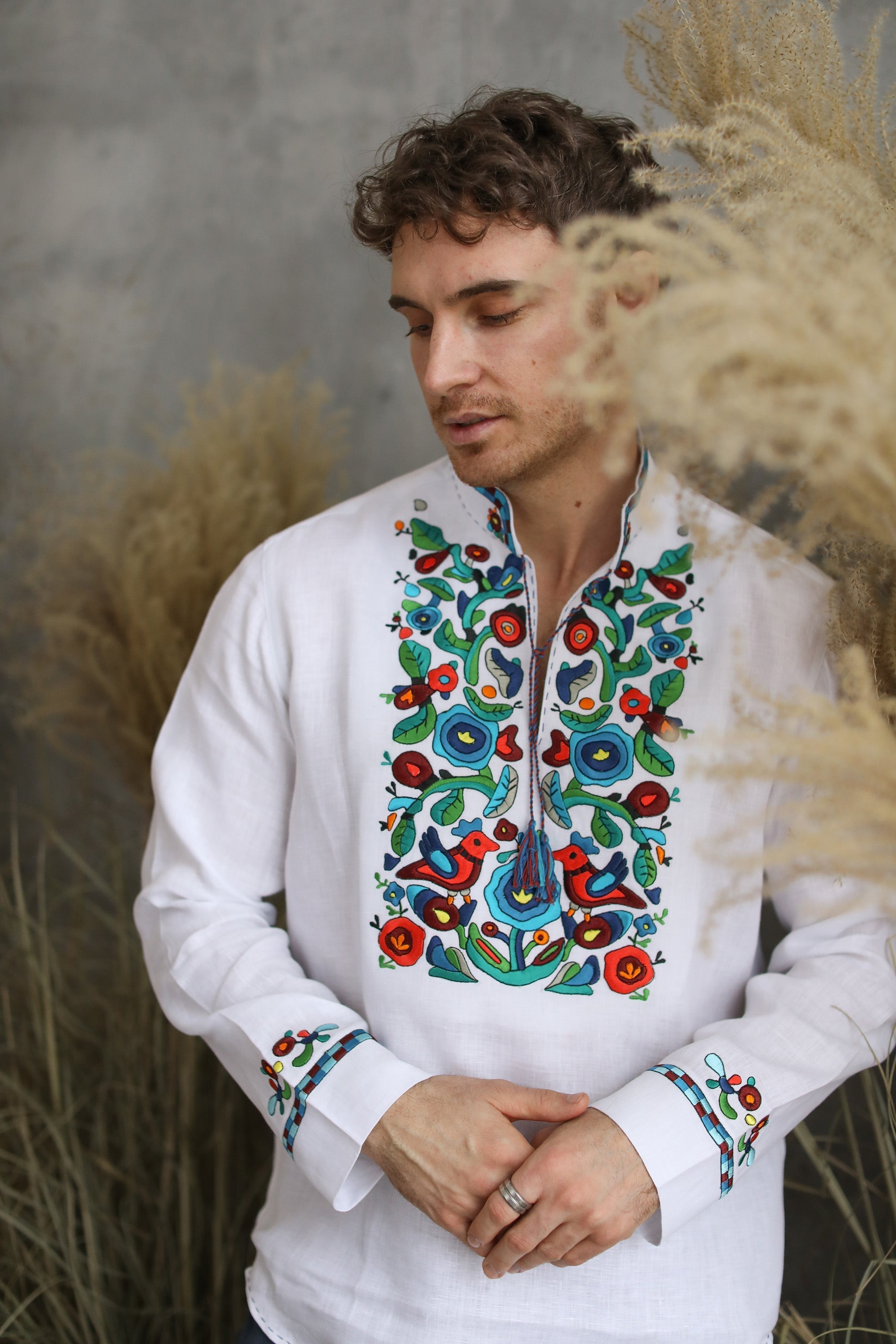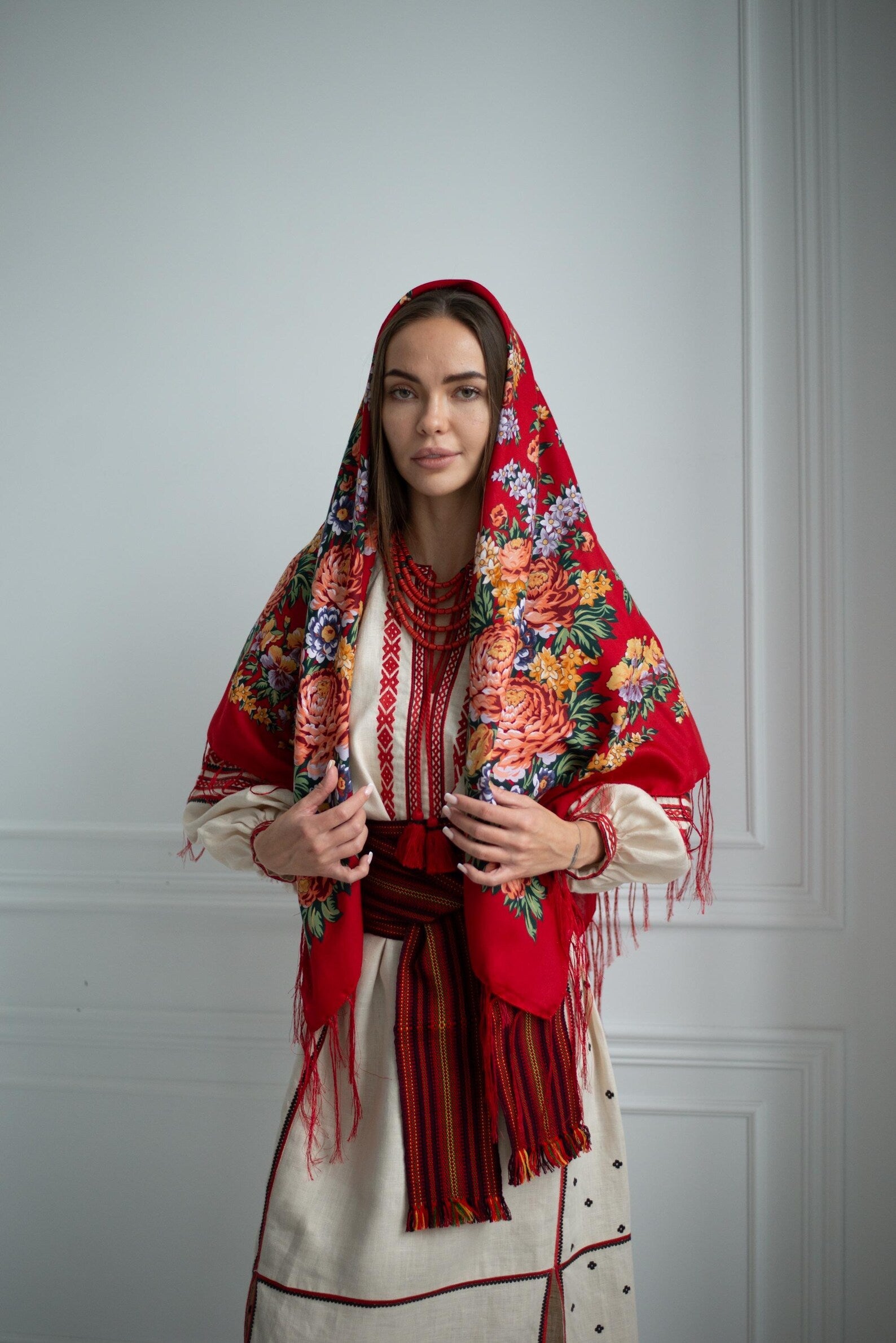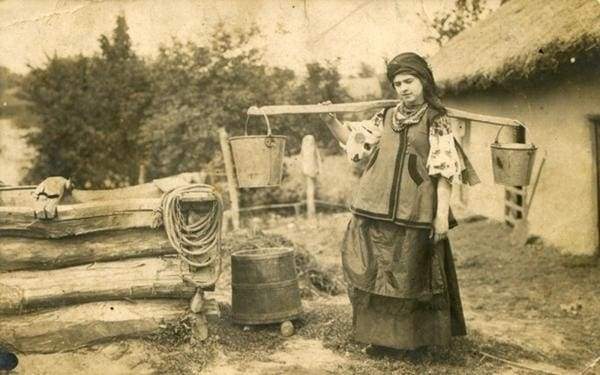
The Evolution of Ukrainian Dress
Detailed History of Ukrainian Dress
Ukrainian dress, particularly the traditional embroidered clothing known as vyshyvanka, has a rich and complex history that spans centuries. It reflects the cultural, social, and historical developments of Ukraine, evolving over time to incorporate various influences while maintaining its unique identity.

Ancient Origins
The earliest depictions of dress in Ukraine date back to the Scythian and Sarmatian tribes (around the 5th century BC), where men wore trousers, jackets, and pointed hats7. The tradition of embroidery was present even in these early times, with evidence suggesting that it was influenced by various cultures, including the Vikings and the Trypilian civilization.
Kievan Rus' Period (10th-12th centuries)
During the Kievan Rus' period, embroidery became more refined and symbolic. It was used on clothing and household items to protect against evil spirits and signify family or regional affiliation1. The vyshyvanka, as part of the traditional Ukrainian costume, was typically made from hemp or linen and featured embroidery on the collar, cuffs, and sleeves.
Cossack Era (17th century)
The Cossack period saw the vyshyvanka become a symbol of Ukrainian national identity and a talisman for Cossack soldiers. It was believed to possess healing properties and was worn as a form of protection.
19th and Early 20th Centuries
In the 19th century, Ukrainian national clothing became a powerful symbol of resistance against Russian dominance. The vyshyvanka was worn as a statement of national pride and cultural identity. Traditional clothing differentiated people by gender, social status, and place of residence.
Soviet Era
During the Soviet period, traditional Ukrainian clothing fell out of favor due to its association with nationalism. However, Ukrainian diaspora communities continued to preserve the tradition by creating and wearing embroidered clothing.
Post-Independence (1991 onwards)
Following Ukraine's independence, the vyshyvanka experienced a resurgence in popularity. It is now worn on national holidays and special occasions, symbolizing national pride and cultural identity. Modern designers incorporate traditional patterns into contemporary fashion, blending old and new styles4.
Modern Era
Today, Ukrainian dress continues to evolve, with designers like Vita Kin and Yuliia Magdych creating modern vyshyvanka-inspired clothing that combines traditional motifs with contemporary silhouettes and materials4. The influence of Ukrainian ethnic motifs can also be seen in global fashion, with brands like Dolce & Gabbana and Valentino incorporating them into their collections.
Regional Variations
Ukrainian national clothing varies significantly across different regions, including Polissia, Lisostep, Step, and Carpathians. Each region has its unique embroidery patterns, colors, and styles, reflecting local traditions and cultural influences.
In summary, the history of Ukrainian dress is a testament to the country's rich cultural heritage and its ability to adapt and evolve over time while preserving its unique identity.

